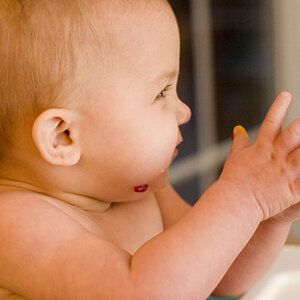Alpha
Troll Extraordinaire
- Joined
- Mar 15, 2005
- Messages
- 5,451
- Reaction score
- 41
- Location
- San Francisco
- Can others edit my Photos
- Photos NOT OK to edit
I'd like to think of myself as a "strobist", but I was not being defensive nor self-rightous, rather I was being a little light about the topic, hence the "LOL" in the post. I did find it a little insulting on your part to call me so. The strobist concept is very popular and has grown to an amazingly large subculture internationally for some very valid reasons:
- they advocate using affordable (NOT cheap) light sources
- they advocate a lot of ingenouity and DIY
- they advocate using your head more than your wallet
As an amateur, all these concepts are very attractive to me. I am sure many a high-end pro could learn a thing or two from these edicts as well.
I didn't necessarily mean you in particular. I meant the general attitude of many "stobists," which is that off-camera flashes are just as "good" as studio strobes for studio work, which they aren't. I'll get to why in a minute. But let's talk affordable. And when I say affordable, I mean in context, not absolute numbers. For starters, there's way too much hype over Speedlights. They crank out something in the neighborhood of 80 w/s, which isn't much power, even unmodified. Have you checked the price of Speedlights lately? Watt-second for watt-second I'd argue that they're actually more expensive than most studio strobes. Then factor in your choice of light-stands, modifiers, and triggering devices. They're really not all that cheap. But let's say you wanna go the very cheap route...say Vivitar 285's. Aside from their horrendous recycle times and slightly awkward controls, most digital shooters will also have to factor in voltage adapters. Once you modify you're not getting that much bang for your buck in terms of power output and you've got to buy most of the same things you'd have to for studio strobes, plus some in the way of brackets and other adapters.
As for DIY, I don't really buy it. For starters, most of the "DIY" attitude one will need is common to any arrangement of lights. I mean, let's be honest here, it's not as if you're actually building the strobe. You're just finnicking around with mechanical arrangements, and I should add ones that the industry is constantly making more easy, streamlined, and I'd say less DIY.
I don't buy the argument that a "strobist" setup forces you to use your head more than your wallet. Using your head is about deciding on the right tools for the job. And I'd argue that you're not doing that if you've adopted the mentality that off-camera flashes can handle most any application.
"Ideal" is a relative term and could change drastically with something as minor as location. I am sure than ANY person given enough time and unlimited funds could eventually throw a beam of light on someone's face... lol
But, since you mentioned it... list them, I am sincerely willing to learn (I also want to see the number of reasons you call innumerable :lmao: ), ... because the only two real reasons I can see, are:
A - needing to light an enormous area and/or
B - needing to crank off so many shots in rapid succession in a day, that a battery powered strobe would need battery replacement too often.
Ok. Here are some reasons:
1) Loss of modifiers.
-You basically lose all ability to use reflectors
-Almost no studio modifiers are built with off-camera flash use in mind, which is why they have to be specially adapted.
-Large and double-baffled modifiers overwhelm their power capabilities and become mostly useless.
-Complete loss of specialized modifiers, including but not limited to: adjustable reflectors, parabolic umbrellas, and fresnel spots.
2) Huge power sacrifice.
-No overpowering of the sun on location
-Inability to use large modifiers, especially gridded
-Limited use of scrims
-Inability to light large areas or full-length subjects
-More lights needed to provide the same power or light the same area
3) Loss of configuration possibilities
-More triggers required than pack setups
-Inability to control multiple lights from a central location
4) Batteries
-Inability to use a battery inverter on location
-Constant purchasing of smaller batteries
-Few or no battery pack capabilities
5) Recycling
-Slower recycle time at the same power output
-Recycle time slows as batteries lose power
-No fan cooling (meltdown or burnout risk)
6) Time
-Running around to adjust settings on each flash
-Slower setup time because of extra brackets and adapters needed.
It certainly is not quality of light becuase a 5600K light that comes from a lowly strobe at 100WS is identical to a 5600k light from a 500WS Prophoto monollight dialed down to 100WS.
It certainly is quality of light, and not because of power but because of modifiers, which I've already addressed.
I am saying it is a very serviceable approach to the vast majority of people here who would love to enter the world of portraiture, some even professionally.
It's a serviceable substitute if you don't mind the many limitations that I listed above. For the vast majority of applications, off-camera flashes greatly fall short of studio strobe capabilities, particularly of course, in the studio. Can you still light a subject with them? Yes. But there are many configurations that are simply not possible with them.
I am willing to cede that there may be good reasons (which I hope you will some day share), to use both ends of the spectrum but each has it's place in the studio. Battery and/or AC lighting.
I also have a set of AC strobes. Albeit, not ProPhoto, but I use them in situations where I am at home and stationary. They are more powerful than the SB-800 and SB-600s that I own. However, when I need portability (studios are not just in a photographer's personal studio), those battery powered flashes give me light when the larger and heavier AC powered units cannot (locations where AC power is not easily accessible like a park, beach or outside a subject or client's location), not unless you again, invest in heavy power packs, extra long and thick cables, and have assistance to haul and set them up with you in a reasonable amount of time.
Location is another story. I've listed plenty of reasons that real studio strobes are preferable in the studio. But even for location work, there are better alternatives that are still lightweight and don't require you to sacrifice as much in other areas. The three that come to mind in particular are the Norman 400 series, the Q-flash, and the Lumedyne systems. Then there are the battery options from the larger companies. Yes, they're a bit heavier, but not exactly cumbersome.
Personally, I would love to own multiple ProPhoto 2500WS lights and all the matching accessories, but I am a man with champagne tastes on a beer budget.I suspect that the vast majority of photographers, amateur or professional, are as well.

As I mentioned in the first paragraph, I think a lot of people are lulled into thinking that a "strobist" setup is a bargain basement alternative. In reality, it requires you to buy basically all the same equipment as you'd have to with real strobes, and joule for joule they aren't as cheap as people think.
I'll add that there's a big difference between the convenience of a portable setup and actually requiring ultimate portability, which most people don't.




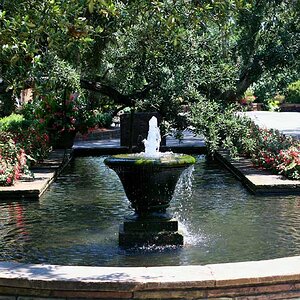
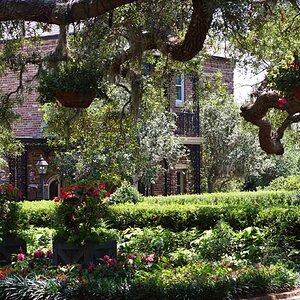

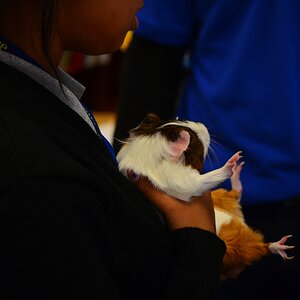
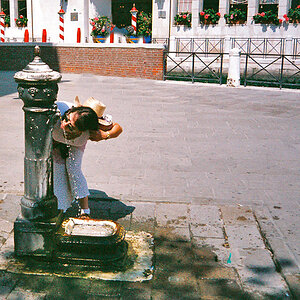

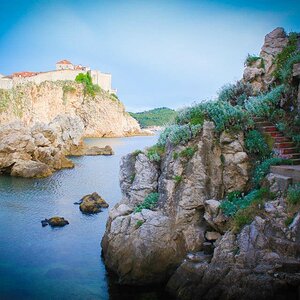
![[No title]](/data/xfmg/thumbnail/38/38736-5bc266b035e23faf5ad942bdd97466a8.jpg?1619738703)
